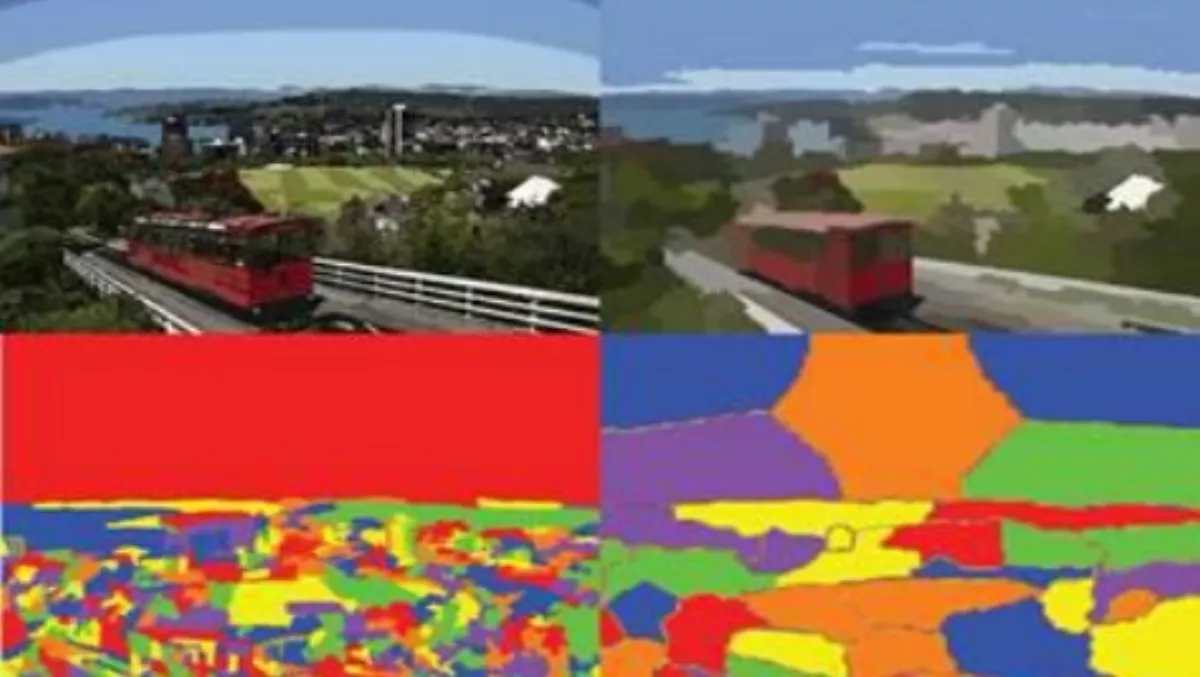
Victoria University student teaching robots to see like humans
A student from Victoria University of Wellington is working on teaching robots to see as humans do.
Syed Saud Naqvi is a PhD student from Pakistan, studying at the School of Engineering and Computer Science at Victoria University. He is currently working on an algorithm to help computer programmes and robots view static images closer to how we see them.
Saud says, "Right now computer programmes see things as very flat - they find it difficult to distinguish one object from another.
Various object detection algorithms already exist. Some focus on patterns, textures or colours, and some focus on the outline of a shape.
Dr Will Browne, one of Saud's supervisors, says facial recognition is already in use but object detection is more complex as there are many more variables.
Saud's technology selects the best algorithm to use on an individual image, and in doing so ensures robots are receiving relevant information and can make informed decisions.
Saud says, "The defining feature of an object is not always the same - sometimes it's the shape that defines it, sometimes it's the textures or colours. A picture of a field of flowers, for example, could need a different algorithm than an image of a cardboard box.
Work on the algorithm was presented at the 2014 Genetic and Evolutionary Computational Conference in Vancouver and received a Best Paper Award.
With a Victoria Summer Scholarship, Saud will continue to work on the project. He will apply the algorithm to a dynamic situation so moving, real-time scenes will be analysed along with static images. The goal is to use the algorithm to help a robot navigate its environment by being able to separate objects from their surrounds.
Browne says this technology could be used in a number of ways. For instance, it can be used to self-caption photos with information on a location or content of a photo, or it could help a robot load a washing machine.
It's also possible for this kind of imaging technology to be adapted to use in medical testing, such as identifying cancer cells in a mammogram, Browne says.


